Every time I visit a temple I not only feel calm and at peace, but also amazed by the architecture. Most of the temples in India are architectural marvels. These temples are a testimony to the fact that Indian architecture was at its best in ancient times. You will find these temples to be a treasure trove of stories and anecdotes of a time long gone by. In my quest of visiting as many temples as I could, I found the wonderful Airavatesvara temple located in Darasuram, Tamil Nadu. I found the perfect package for my Airavatesvara temple tour I immediately packed my bags and left for another temple adventure.
The History
A cow herdesss had donated a stone which now sits on the shikhara of Brihadeeswara Temple in Tanjore. She then asked for a similar temple to be erected in her village as well. Thus, the King built a temple in her village as well and named it Airavatesvara temple.
Rajaraja Chola II, the ruler of the Chola Dynasty built this temple in the 12th Century.
The Temple is a UNESCO World Heritage Site. I was already getting excited about this it, and couldn’t wait to get there. The Airavatesvara temple is a great example of the rich architectural style of the Cholas.
Reaching The Temple
The sun was almost setting when I reached Darasuram. I took an auto to reach the temple. I noticed the beautiful Airavatesvara temple, as the road started to get narrower. My first glance allowed me to see a ruined Gopuram and the outer wall of the temple. I could only imagine how majestic this Gopuram must have been during its glory days. After some time I noticed the main shrine.
The main shrine of the temple is usually under the water during the monsoon season. However, I had come in the Summer Months, thus I could see the shrine standing with pride.
Airavatesvara Temple
I got out of my auto and started moving toward the temple. I could see a few locals at the temple who had come to offer their prayer. One of the locals guided me inside.
The Carvings
When I entered the temple, the first thing that struck me was the intricate carvings that adorned the walls. The cravings depicted elephants. The temple also is named after the elephants carved on the walls. If you look intently it feels as if the elephants are carrying the temple on its back.
Apart from the elephants, you will find horses with wheels that resemble the horse carvings in the Konark Temple in Odisha. The Airavatesvara temple looks like a chariot with horses and elephants on its side.
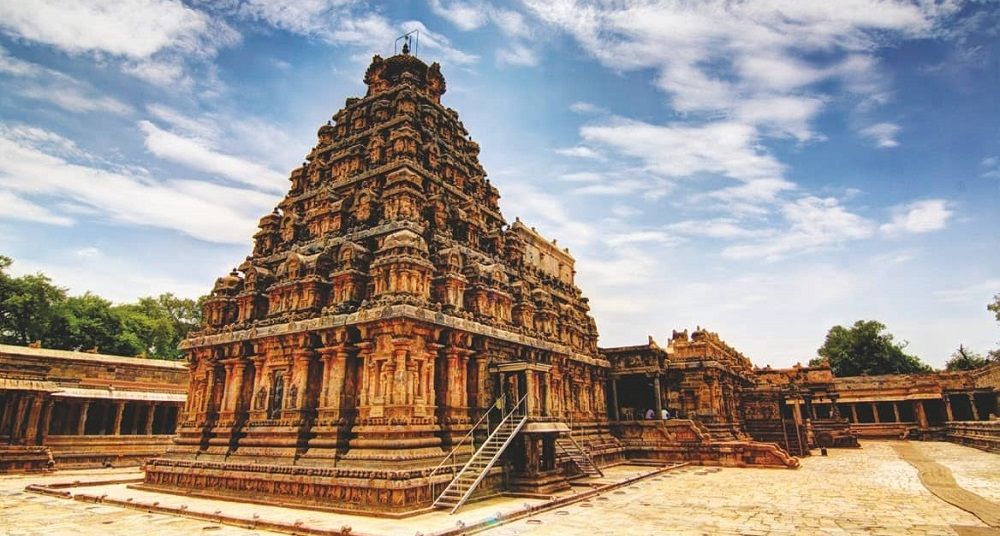
The Main Shrine
After studying the carvings more closely, I reached the main shrine. There are intricate Nandi sculptures around the main shrine.
Shiva & Chola Temples
One common feature between all Chola Temples like the Airavatesvara temple is the idol of Shiva.
As I entered the main shrine I noticed the Shiva figure emerging from the Linga. It was located at the rear wall of the temple. It is quite a distinctive feature of the Chola architecture, which makes it different from all the other styles.
The sight inside the main shrine is breathtaking. It is a place fit for the royals and the elites. The pillars are all ordained with carving with mythological stories and floral designs. There is a little gargoyle reminiscent of Gothic Architecture. This gargoyle tales the water out of the main shrine and acts more like a drain.
For once I had forgotten I was in a temple. It felt as if I was an architecture student trying to grasp everything around me. It was more like an art museum, and I was truly mesmerized by the beauty.
There were latticed windows with reverse Swastika signs. It was like heaven for architecture and art lovers. The Airavatesvara temple radiates a positive aura as you walk through it.
Several places have blotches of red and green paint. These places seem incomplete. It probably means that there are parts of this temple that were not finished, and now it has been left just like that.
Nandi Mandapa
The main Nandi Mandapa is located outside the main Gopuram. The Shiva Linga sits on this platform. It is said that there was once a bigger and larger Gopuram, but it couldn’t stand the test of time.
I also saw pillars with bases carved as Yalis- a mythical creature. This is something I have never seen in another temple.
The real magic in this temple lies in the steps that lead to the main entrance. My guide urged me to walk on the steps. As I stepped on them, I could hear a faint musical note. My guide explains that these steps are made in such a way that each of them makes a faint musical note. It was like walking on a piano!
The Devi Shrine
After playing around with the ‘magical’ musical steps I headed to the small Devi Shrine, which is located right next to the main temple. This shrine is relatively smaller. But, I did enjoy spending some time there just getting the essence of a time long gone by.
The Final Glance
My heart ached to see the Airavatesvara temple in all its glory. I couldn’t imagine how regal and elegant it must have been. How beautiful the rituals and prayers must have been. As I left the Devi Shrine, I once again looked back to see the Airavatesvara temple. It was so magnetic. There was something so charming and wonderful about the temple. It is truly a great reflection of the Chola dynasty and a great example of how flourishing our art and culture was.

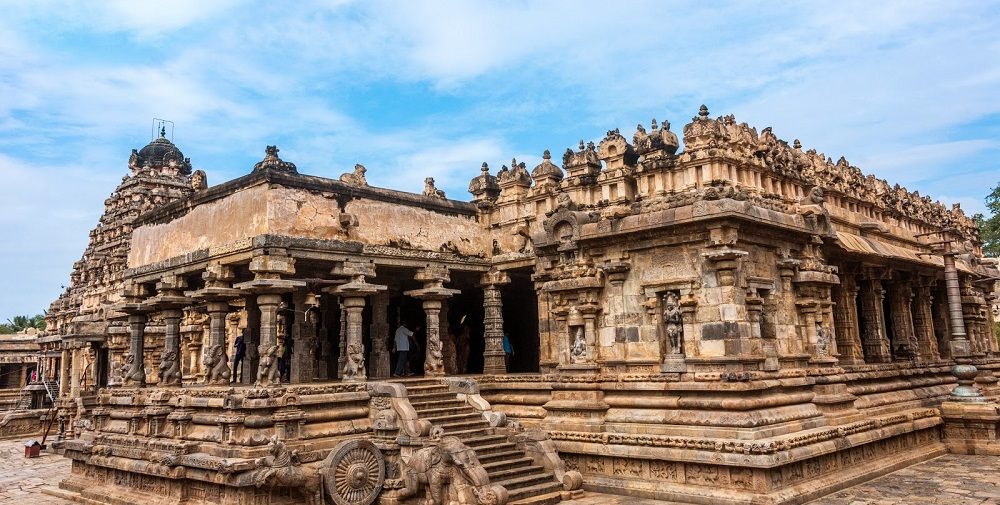
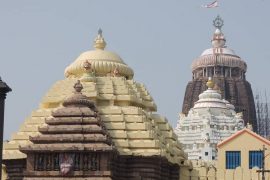
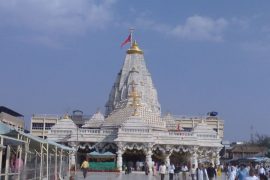
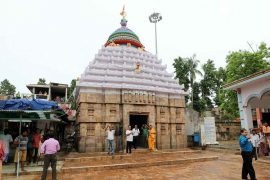
Comments are closed.